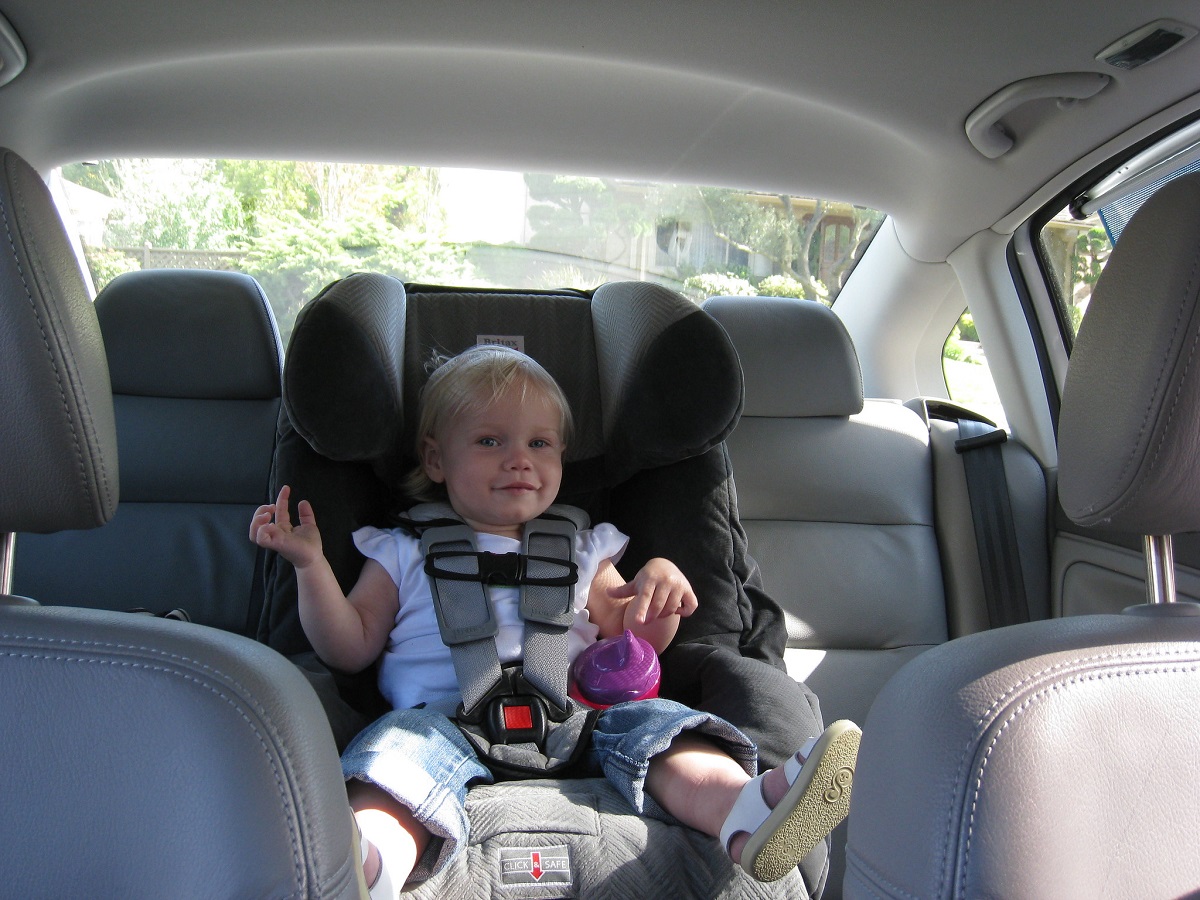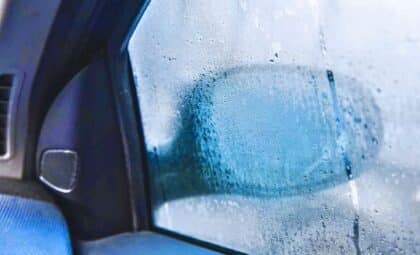
Car seats are vital when it comes to keeping your child safe in the car. The Centers for Disease Control and Prevention reports that 608 child passengers age 12 and younger were killed in motor vehicle crashes in 2019, and over 91,000 were injured that same year. A whopping 38 percent of the children who died were not buckled up correctly (or at all). This statistic shows that, while child car seats can’t prevent death and injury entirely, they can greatly reduce your child’s chance of being severely injured or killed in a car accident.
Best Family Cars: Meet the 2021 Mazda CX-9
But while car seats are required by law today, that was not always the case. According to Safe Ride 4 Kids, it wasn’t until 1985 that all states had laws requiring children to ride in car seats. Since then, car seat safety has come a long way as doctors and scientists have discovered how best to keep our children safe on the road. Here are just a few improvements that have happened in recent years.
Child seat crash tests
Consumer Reports has been determining the best way to test child car seats for years. The last protocol was introduced in 2014, and it changed the way the organization assesses child seats in crash testing. By including a simulated front seatback, testing at higher speeds, and including tests conducted on vehicle seats, Consumer Reports can replicate how it would be for a real child in a real car seat involved in a real accident, thereby determining just how safe various types and models of car seats are.
Increase of rear-facing time

While the laws regarding car seats differ from state to state, the American Academy of Pediatrics has some good recommendations on how to keep your child safer using various types of car seats. One such recommendation is to keep them rear-facing at least until they turn 2 years old — or later if possible.
Many car seat manufacturers have expanded their rear-facing weight and height limits in recent years, which means you can keep your child rear facing (the safest way for them to travel) until they outgrow the car seat in rear-facing mode. For example, my 3-year-old son’s car seat can rear-face until he’s 45 pounds or 44 inches tall. He is on the higher end of the growth scale and has another 10 pounds or 6 inches until he hits that limit, so we can hopefully keep him rear facing until he turns 4.
Popularity of convertible seats
Because it’s now recommended for infants to ride in rear-facing seats for 2 years or longer, more and more manufacturers are offering convertible car seats to help ease the process as the child gets bigger. Rear-facing-only car seats fill the weight requirements (30-35 lbs) but many don’t meet height requirements. A convertible seat offers a safer height and will save you money and hassle when it’s time to turn your child to face forward — since you can keep the same seat and just flip it around.
Widespread use of tethers

Lower Anchors and Tethers for Children (LATCH) systems are required by law on most new vehicles. Yet many parents forget to use the tethers for forward-facing seats. Utilizing the tethers can dramatically reduce forward motion in a crash, reducing the risk of injury. Excessive forward motion can result in a devastating head injury. With safety regulators reiterating the importance of tether use, more parents are remembering to do so.
Labeling changes for LATCH

Changes in requirements for car seat safety labels will help educate parents and caregivers about weight limits for LATCH lower anchors. These anchors come with a maximum weight limit with which they can be used, which is 65 pounds total (including child and car seat). Previously, these limits were not labeled clearly, causing parents to continue using them long after they should have switched to securing the seat using the seatbelt. Hopefully, these labels will help reduce the injuries of children in car accidents.
In order to keep your child as safe as possible on the road, it’s important to make sure they are in the right car seat for their weight and height and that the seat is installed correctly. If you need assistance, search for a Child Passenger Safety Technician in your area to help make sure your seat is installed properly.
Catherine Hiles (she/her) is a native Brit living and working in Dayton, Ohio. Cat has written about a variety of subjects, including finance, cars, and parenting. She is a frequent contributor to Dayton Mom Collective, The Penny Hoarder, and WDW Magazine.
Cat lives with her husband, their two kids, and their energetic pitbull mix. She counts running, lifting weights, walking, and reading among her hobbies. See more articles by Cat.










